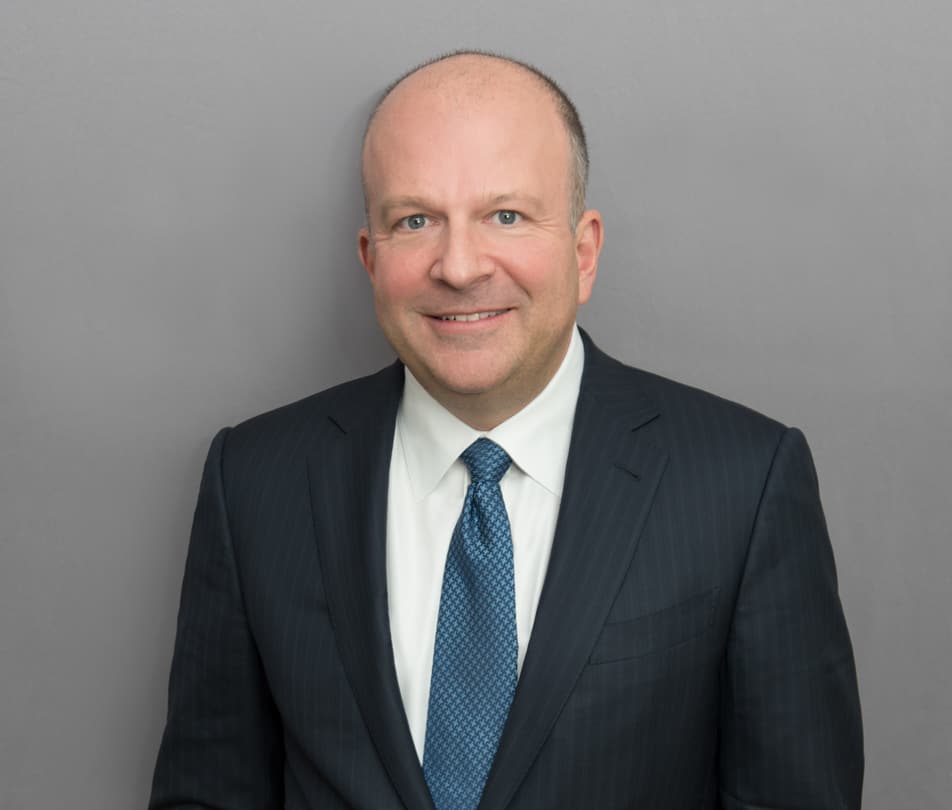
Managing law firms in an increasingly challenging, complex and competitive legal marketplace presents many potential obstacles. LawVision principle Susan R Lambreth wrote this piece on how to fix issues relating to law firm practice managemnt structures.
I recently got a call from a firm that wanted to talk about changing their practice management structure. They had questions about how to improve the selection and accountability of the practice group leaders (PGLs) and whether their current structure was working and other models to consider. While those can be valid issues to address, in most cases, that is not the real cause of an ineffective practice management structure. Here are the most common reasons:
1. Failure to get partner buy-in and to communicate clear roles and responsibilities – To have a functioning practice management system means significant cultural changes in most firms. It means that partners need to commit significant time to group activities, not just focus on their individual practices.
They need to be willing to work toward group goals and put the group and firm goals above their own individual interests. They have to be willing to “be managed” in some ways, i.e., giving up some of their individual partner autonomy. However, partners cannot be expected to fully buy in to practice management if they do not know what will be expected of them, the practice leaders, and firm management under the new structure. In most firms, effective practice management is critical to the firm’s strategy, profitability and overall success. Thus, most partners are willing, even excited, to buy in when they fully understand the connection and believe the firm strategy is compelling – not to mention that it is a more rewarding (financially and in terms of collaboration) way to practice.
Many of the firms I have been brought in to help improve their practice management operating over the past 25 years had rolled out a structure, new leaders and roles, but never really gotten partner buy-in. In those cases, in a few years (could be 3 to 10), when they realize it and try again, the best people for the leadership roles have often either burned out or burned bridges (a subject for a future blog all its own).
2. Rolling out a new practice management system without aligning the compensation incentives to support group goals and performance, rather than “lone cowboy” activities – The compensation system must reward the activities involved in practice management such as working toward the group’s goals, sharing work and resources, working on group projects and targets, etc. If all partners see is an emphasis on individual performance (production and business generation — “personal numbers”), there is no incentive for them to participate and, in fact, there can be a significant disincentive to spend time on group activities if it takes away from the time for their individual practice.
3. Starting the practice management structure with only the marketing and business development functions and hoping to evolve to the other critical functions like intake, work assignment and financial management – While BD and marketing are critical functions of any practice structure, trying to have practice groups focus on marketing or BD without the other related functions that affect it is a prescription for failure. Literally dozens of law firms in the U.S. tried this, particularly between the early ‘80s and late ‘90s and failed. Practice groups were expected to develop marketing plans and implement them – without authority over the other critical areas that affect success in bringing in clients – its differentiation through recruiting, training, workload management and lawyer development, innovation, research and development, and more.
4. Thinking the firm can evolve slowly to an effective practice management structure – While all firms should carefully implement practice management with planned and measured steps that fit their strategy and culture, a common mantra in some firms is “evolution, not revolution” What they really mean is that they have been unable or unwilling to deal with the tough issues of achieving partner buy-in so they are going to take baby steps toward implementing practice management.
Usually this means that they are unable or unwilling to vest any authority in the practice leader to deal with the critical aspects of running a practice group such as intake decisions, financial performance of group members, work assignment and staffing. Basically, the practice leaders do not have the authority to deal with the issues which threaten the individual autonomy of the firm’s partners. In every firm I have seen that did this, they never achieved the benefits of practice management until they fully empowered the groups and their leaders to function like business units.
5. Reluctance of firm management to hold lawyers accountable – Practice management only works if the lawyers are held accountable for their commitments, including helping to build the practice. If some practice groups are performing well and making strong contributions to the firm’s success and others are not – and management does not deal with the underperformers – morale can drop dramatically, as will long term commitment to practice group activities. The same goes for underperforming partners.
All practice groups and all lawyers need to be held accountable for contributing to implementation of the firm’s strategy and to the firm’s performance standards. When practice groups work well in firms, the practice group leaders help firm management by holding the lawyers within their groups accountable. Practice leader roles are not ones where the leader is primarily an advocate or cheerleader for the group with firm management at compensation or other times – that is one of the best ways to fail as a practice leader. When firm management has established a culture of holding partners accountable, then a practice group leader who is accountable for the financial performance of the group, as well as other measures of success, will typically hold his or her group members accountable.
Naturally, there are some people who are better practice leaders than others but many more can be effective in these roles when there is partner buy-in across the firm to the practice group structure and to working toward group goals. Few can be effective in a firm that does not have that buy-in (usually only those who control a lot of business so can affect people through that power). Also, while there are more optimal structures for practice management, there is no “one size fits all” structure that is suitable for every firm. There are almost as many models as there are firms. Almost any model will work if you have three things:
- High levels of partner buy-in to practice management functions and “being managed” (vs. complete autonomy – particularly over areas like intake and associates they use)
- Strong accountability, and
- Clearly defined roles and responsibilities – for leaders and partners.




